Updated October 24, 2024
One of the undeniable joys of travel is to wade through a region’s culinary treasures. However, it comes with risks. The most pervasive is travellers’ diarrhea. The ailment is so ubiquitous that it’s known by various country-specific terms. Don’t let travellers’ diarrhea spoil your travels. Read on for the many useful tips on how to prevent and treat travellers diarrhea.
Disclaimer: The following content is for informational purposes only and is not a substitute for professional medical advice from licensed healthcare professionals.
Table of Contents
Terms for travellers diarrhea
Travellers’ forums can be illuminating sources of information on a wide range of topics. Whilst medical advice is best left to healthcare professionals, it’s interesting to read travellers’ views on how they’ve prevented and treated travellers’ diarrhea.
Travel Stack Exchange encourages detail and accuracy through its peer-to-peer voting system using up-votes and down-votes. Sometimes, the questions are as interesting as the answers. For example, I didn’t realize there were so many regional terms for travellers’ diarrhea.
Question: How to prevent “Delhi Belly” from eating/drinking locally?
Montezuma’s revenge, Aztec two-step, mummy’s tummy or Cairo two-step in Egypt, Kurtz Hurtz in Uzbekistan, Bombay belly or Delhi belly in India.
A case of the sh*** or Hershey Squirts or The McSh*** in North America, Down Under Butt Chunder in Australia, Karachi crouch in Pakistan, Suryavarman’s Revenge in Cambodia.
Kabulitis in Afghanistan, holiday tummy in United Kingdom, Bali belly in Bali, Taghazout Tummy in Taghazout, Morocco or Kathmandu quickstep in Nepal. Beaver fever in Canada, Thailand Thai-dal wave, and peacekeepers to Arabic-speaking countries have called it yalla yalla (Arabic for “fast, fast”).
In Central Asia, it was ridiculous, with every second backpacker walking around with toilet paper on them, regularly having to make a ‘run’ for it. In Egypt, half my tour group got sick, by the time we’d converted into a mobile pharmacy!
Regardless of what it’s called, what’s the best way to try and prevent it?
Clearly, others found the question relevant and informative. It received 104 votes, 18 responses, and 18,000 views.
While the responses contained a wealth of information, I sought advice from authority sites. WebMD, Mayo Clinic, MedicineNet and the Centers for Disease Control and Prevention were most helpful. The book, How to Shit Around the World: The Art of Staying Clean and Healthy While Traveling was entertaining and informative.
Here is a summary of what the experts had to say.
What is travellers diarrhea?
Travellers’ Diarrhea (TD) is the most predictable travel-related illness. Attack rates range from 30% to 70% of travellers, depending on the destination and season of travel. In addition, certain groups of people are at a higher risk. For example, those who take acid-reducer medications or antacids are at increased risk because a decrease in stomach acidity allows higher survival rates for many infectious agents.
TD can result from a variety of intestinal microorganisms. Common sources are contaminated water and poor food handling practices.
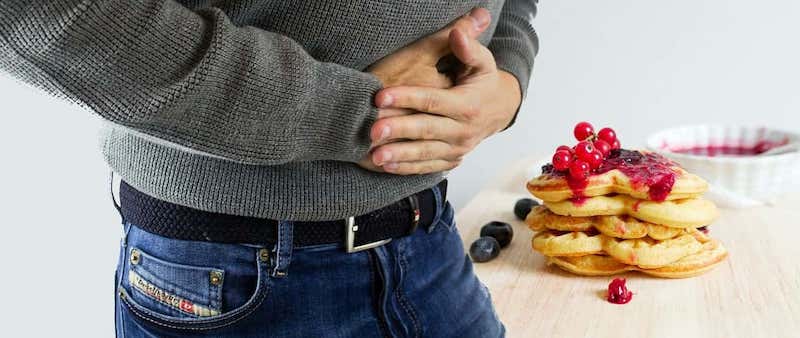 Photo credit: mohamed_hassan, Pixabay
Photo credit: mohamed_hassan, Pixabay
Bacterial varieties are thought to account for 80% to 90% of TD. Intestinal viruses such as norovirus usually account for 5% to 8% of illnesses. What is commonly known as ‘food poisoning’ comes from toxins in food. Vomiting and diarrhea may both be present in these cases, but symptoms usually resolve themselves within 12 hours.
How to prevent and treat travellers diarrhea
Prevention
A popular recommendation is to wash hands often and always before eating. Aim for washing with soap and warm running water for at least 20 seconds. While out and about, carry soap leaves for facilities without soap. If washing isn’t possible, use an alcohol-based hand sanitizer with at least 60 per cent alcohol.
Here are some other popular strategies. They’re largely destination-dependant, and some relate to individual preferences on natural vs OTC (Over the Counter) medication.
1. Food strategies
- Use ‘Peel it, boil it, cook it, or forget it’ as a general mantra.
- Eat where, when, and what locals eat.
- Freshly cooked and piping hot is the way to go. Steer clear of moist food at room temperature, such as buffet offerings and sauces. This includes bottled sauces on tables. In one study, two-thirds of tabletop sauces in Mexico were contaminated. Forty per cent of sauces on tables in Houston, Texas, were also contaminated.
- Avoid raw or undercooked meat or seafood.
- Meat is riskier than vegetables. The flesh of meat is a more fertile environment for the survival and multiplication of harmful microbes.
- Stay away from salads and ‘unpeelable’ fruits such as grapes and berries. Stick to fruits you can peel or cut to avoid the skin, such as oranges, bananas, mangoes, avocados, and melons.
- Beware of sliced fruit or vegetables that may have been washed in contaminated water.
2. Is the water safe?
In countries where the water supply may not be safe, avoid drinking tap water. The same applies to ice cubes and popsicles unless you trust assurances they were made with purified water.
- Drink canned or bottled water and drinks in their original containers — including water, carbonated beverages, beer, or wine — break the seals on the containers yourself. Wipe off any can or bottle before drinking or pouring.
- Keep your mouth closed while in the shower and whilst washing your face. Brush teeth with bottled water.
- If you need to consume local water that’s possibly contaminated, bring it to a rolling boil for at least three minutes. Another option is to carry a water filtration or sterilization system. There are plenty of portable products on the market, including Grayl, LARQ, LifeStraw, Steripen, and Water-to-Go. After trying a filtration system, I now travel with the LARQ Pure-Vis self-cleaning water bottle that uses UV-C light to sterilize water from both safe and questionable sources. See my review in A comprehensive LARQ water bottle review: is LARQ worth it?
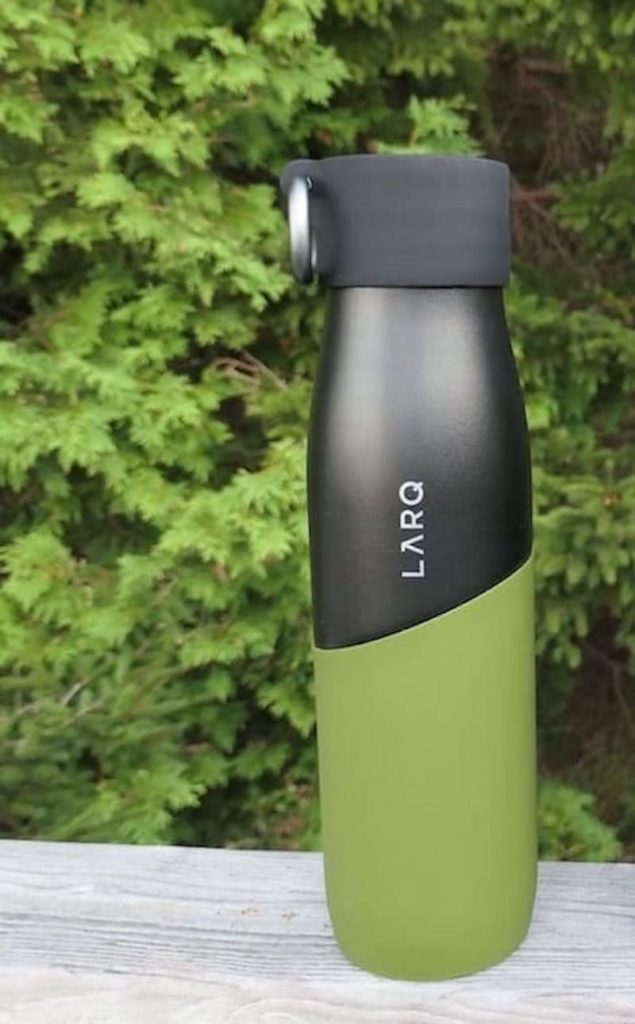
- Hot beverages such as coffee and tea should be steaming hot.
- In most developing countries, milk should be boiled. Yogurt is usually safe because the milk is boiled before fermentation. The final product is slightly acidic and a less favourable environment for the survival of harmful bacteria.
3. OTC medication for prevention
Some doctors suggest taking bismuth subsalicylate (Pepto-Bismol). Studies show that if adults take the equivalent of two tablets four times a day, the incidence of TD can be decreased by up to 60%. For a lesser dose, two tablets two times a day offer some protection. However, don’t take it for longer than three weeks. Don’t take it at all if you’re allergic to aspirin, are pregnant, or take certain medication such as anticoagulants. Like any medication, use it with caution and only after consultation with a healthcare professional.
Is the oral vaccine Dukoral worth the cost? In Canada, it doesn’t require a prescription (but reimbursement under some health insurance plans may require one). Dukoral offers protection against the bacteria enterotoxigenic E. Coli (ETEC), thought to be responsible for 25% to 50% of cases of TD. Dukoral may benefit travellers in specific risk categories; research and consultation with a healthcare professional should help you decide if Dukoral is a wise choice.
4. Do probiotics work?
Some travellers swear by probiotics as an effective contributor to gut health.
Studies have shown that certain strains of probiotic yeast promote digestive health and resistance to bacterial infections. One study of travellers to North Africa showed a 12-45% protection against travellers’ diarrhea. The strongest evidence points to benefits from Saccharomyces boulardii, Lactobacillus acidophilus or rhamnosus, and Bifidobacterium bifidum.
Everyone is different, and finding a probiotic that works might take trial and error. Begin taking your chosen probiotic at least a week before departure and continue every day while away.
I swear by Saccharomyces boulardii. I start taking it a couple of weeks before each trip and daily throughout the trip. As a result, TD, a scourge of the past, has become absent from my travels. (‘Knock on wood!)
The bacteria in our gut — collectively known as the gut microbiota — can be both negatively and positively affected by various factors, including diet, stress, and use of medication. Supplementing with probiotics may help prevent certain types of diarrhea and help treat the root cause of many types of diarrhea by repopulating and maintaining beneficial gut bacteria and correcting an imbalance. Probiotics fight pathogenic bacteria by competing for nutrients, boosting the immune system, and changing the gut environment to make it less conducive to pathogenic activity.
While probiotics are generally considered safe for most people, it’s always a wise move to consult your healthcare provider before adding any supplement to your diet.
5. What about naturopathic remedies?
Some travellers report success with naturopathic remedies such as grapefruit seed extract, that’s been shown to be effective against fungi, protozoa, bacteria, and viruses. It can purify drinking water, fruits, and vegetables. Skye Wein-traub, author of The Parasite Menace, claims that grapefruit seed extract is effective against 100 strains of fungus, 800 strains of bacteria and viruses, and many single-cell parasites. Consuming it can be as simple as adding a few drops to a water bottle or taking it as a capsule.
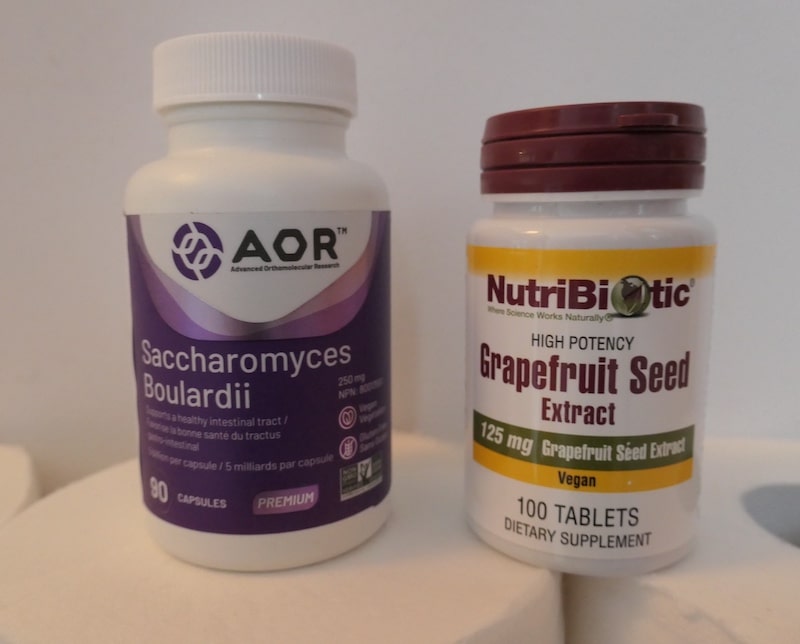
6. Should street food be avoided?
I’m reluctant to add the suggestion to avoid street vendors. While I recognize that street food in some destinations could be suspect, it’s not my experience.
For example, I explored the culinary landscape of Taiwan primarily through food stalls and night markets. The only time I experienced what I’d characterize as a bout of food poisoning was after a rare visit to a neighbourhood restaurant. Otherwise, countless visits to street stalls and night markets resulted in no adverse outcomes. I put it down to the fact that street vendors prepare food in plain view, unlike meals prepared behind restaurant walls. Customers observe how food and cookware are handled, and long lines attest to the quality of what’s on offer. Popular stalls also mean that there’s a high turnover of ingredients that need to be purchased daily to keep up with the demand.
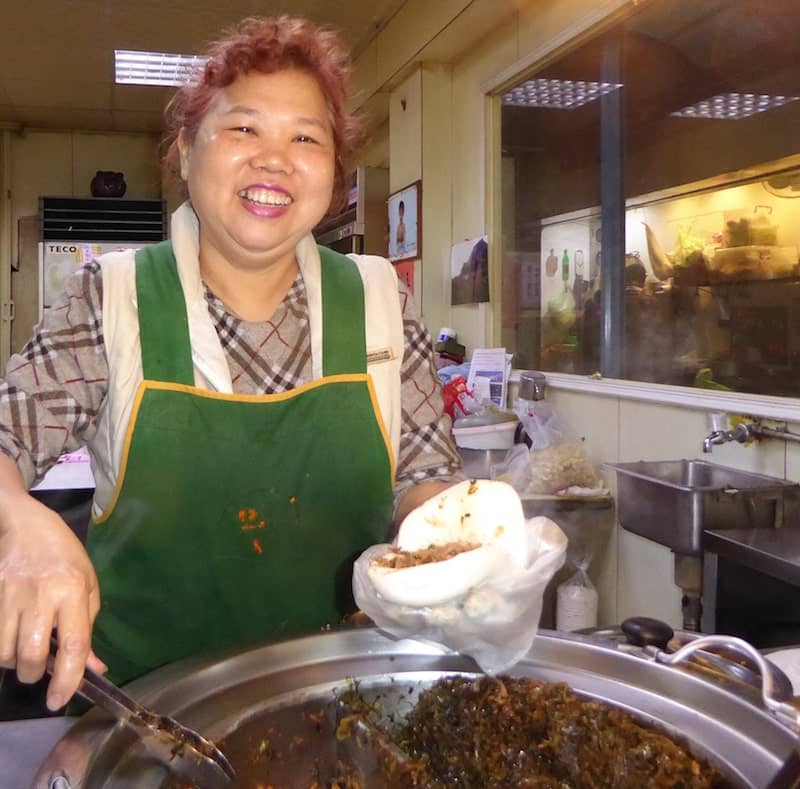
If you’d like to experience street food, sign up for a trustworthy walking food tour with a company with excellent reviews on a third-party site such as TripAdvisor. The walking tour provider will have researched the safest vendors, and you’ll learn a lot about the local food culture.
Treatment
In the majority of cases, TD clears up by itself within three or four days. Most cases (90%) resolve themselves within a week.
 Photo credit: sora_shimazaki, Pexels
Photo credit: sora_shimazaki, Pexels
1. Oral Rehydration Salts
During diarrhea, the stomach and intestines don’t absorb fluids efficiently. They need help. Absorption is more efficient if fluids are taken as a mixture of water, salt, and a carbohydrate such as sugar. The best approach is to reach for a packet of Oral Rehydration Salts (ORS). While these are available in pharmacies in most countries, include a couple of packs in your travel health kit.
If ORS aren’t readily available, hopefully you’re staying in accommodation where you can prepare your own rehydrating solution. Mix four heaped teaspoons of sugar or honey, a level teaspoon of salt, and a litre of safe drinking water. Add a squeeze of orange, lemon, or lime; this adds potassium and makes the drink taste better.
2. Replenish lost liquids
If you’re feeling too ill to eat, you’ll need to drink about three litres, plus the amount you’re losing through diarrhea. Add pinches of sugar and salt to improve absorption.
Take frequent sips of clear liquids such as clear soups, ginger tea, herbal teas, diluted juices, or diluted sports drinks. Coconut water is a good choice as it’s a natural source of water and electrolytes, including potassium, sodium, magnesium, phosphorus, and calcium.
Avoid alcohol, sugary drinks, soft drinks/sodas, prune juice, and caffeinated drinks like coffee and tea. These all have a laxative effect. Alcohol and caffeine can worsen dehydration.
3. Eat bland foods
Studies vary, but a diet of bland foods should work for most people. A popular choice is a BRAT diet. BRAT is an acronym for bananas, rice, applesauce, and toast. These bland, starchy, soluble-fibre foods have a binding effect on loose stools and are less likely to irritate the digestive system. Complement these with cooked cereals, bread, saltine crackers, pasta, peas, beans, carrots, and boiled or baked (peeled) potatoes.
4. Rest
Take a rest day, if possible. Snack throughout the day on smaller, frequent meals. Resting helps slow the movement of food through the digestive system and reduces the frequency of bowel movements.
5. Medication for traveller’s diarrhea
(i) Activated charcoal
Many travellers pack activated charcoal. It’s a centuries-old remedy still used today in trauma centres to treat certain types of overdoses and poisoning. Travellers use it to settle a queasy stomach, alleviate gas and bloating, or at the first signs of diarrhea. It can reduce the duration and intensity of travellers’ diarrhea and food poisoning.

Keep in mind that everything binds to charcoal, including nutrients and medication. Therefore, take it a few hours before or after prescription medication or supplements, and don’t use it for extended periods.
(ii) Blockers
Most travellers carry antidiarrheal medication such as Imodium (loperamide) and Lomotil (atropine and diphenoxylate). These don’t treat the underlying cause of diarrhea. As blockers, they prolong the problem, keeping the noxious microbes in your system longer.
Loperamide helps intestinal muscles contract more slowly. This slows the movement of food and fluids through the digestive tract, allowing the bowel to absorb more fluids and nutrients. It results in smaller, more solid, and less frequent bowel movements. It also decreases the amount of fluids and electrolytes lost by the body.
Lomotil is used to treat severe cases of diarrhea. Diphenoxylate in Lomotil helps control and slow down gut movement.
Blockers are useful if you can’t rest up and allow TD to take its course. Because of their fast action, they’re handy if you must get on with your travels by taking a flight or moving to the next destination.
People with high fever, bloody stools, persistent vomiting, or terrible abdominal symptoms shouldn’t take blockers. Seek medical attention instead.
(iii) Antibiotics
For people with mild-to-moderate TD, there’s nothing wrong with taking loperamide and a dose of antibiotic at the same time. For mild diarrhea, if you don’t have an antibiotic or are just looking for temporary relief, it’s fine to take these drugs without an antibiotic. But if you’re looking for a cure and want and need to move on with your travels, it’s good to take an antibiotic as well.
One to three days of antibiotics will cure most cases. For adults, ciprofloxacin is commonly used. Of course, antibiotics work only for bacterial causes of travellers’ diarrhea. Even bacterial TD usually gets better without antibiotic treatment. Symptoms may take three to five days or more to subside without treatment.
To stock up on medication — and some education on when and how to use it — visit a travel clinic, a pharmacist, or your family physician before travelling. You can then self-treat a mild-to-moderate case.
What to pack for travellers’ diarrhea
TD is so ubiquitous, your travel health kit should contain what you need to prevent and treat travellers’ diarrhea. Here are some ideas:
- Emergency medical insurance is a necessity. Stuff happens; consulting a doctor or hospitalization can be very expensive.
- A pack of soap leaves is light and functional for those facilities and times when soap isn’t available. Carry some in your day bag. See No soap? No problem travelling with soap leaves for more information on this indispensable travel aid.
- Carry hand sanitizer and use it often, and always before eating.
- Water purification supplies include tablets, straws, and built-in filters. My preference is a LARQ Bottle Movement Pure Vis, a self-cleaning water bottle with a water-purification system. See A comprehensive LARQ water bottle review: is LARQ worth it?
- Shelf-stable probiotics that work for you. My choice is AOR (Advanced Orthomolecular Research) Saccharomyces boulardii.
- After consulting a healthcare professional, pack recommended prevention and treatment products such as:
- activated charcoal capsules
- Bismuth subsalicylate (Pepto-Bismol)
- Loperamide (Imodium) for emergency use
- antibiotics
Thanks go to my local pharmacist, Adrian Comeau of Saulnierville Pharmacy, for his invaluable assistance with this post.
If you found this useful, you may be interested in these related posts:
- No soap? No problem travelling with soap leaves
- How to assemble a perfect travel first-aid kit
- 25 Ideas on how to assemble an emergency preparedness toolkit for travellers
- Ten suggestions on what to pack in case of a travel medical emergency
- A comprehensive LARQ water bottle review: is LARQ worth it?
If you found this post helpful, please share it by selecting one or more social media buttons. Would you like to weigh in? What strategies have worked for you in preventing or treating travellers’ diarrhea? Please share your thoughts in the comments. Thank you.
Care to pin for later?
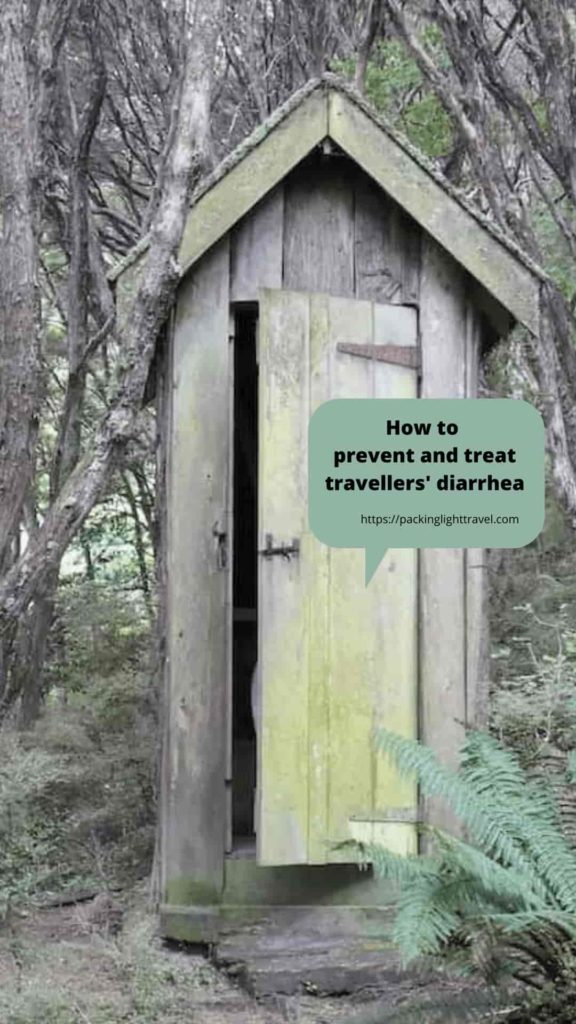
The Amazon links in this post are affiliate links. This means that if you click on one and buy something, at no additional cost to you, Packing Light Travel earns a small commission that helps with the costs of maintaining this site. Thank you for your support.

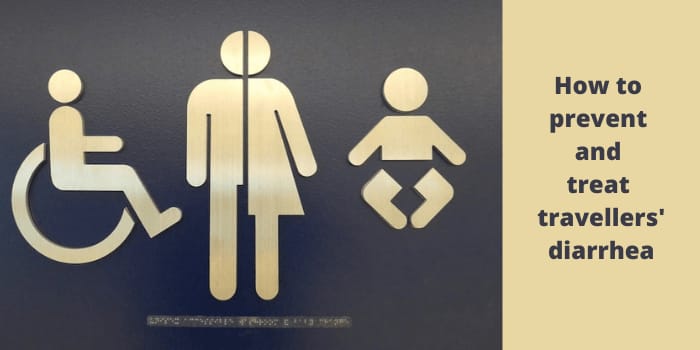




Great information Anne. Thank you.
Thanks for the advice! I just got back from Peru and got struck by T.D. I took imodium right away and indeed that’s a really bad thing to do. Is it a good idea to take probiotics before and during your travels? To strengthen the digestion maybe?